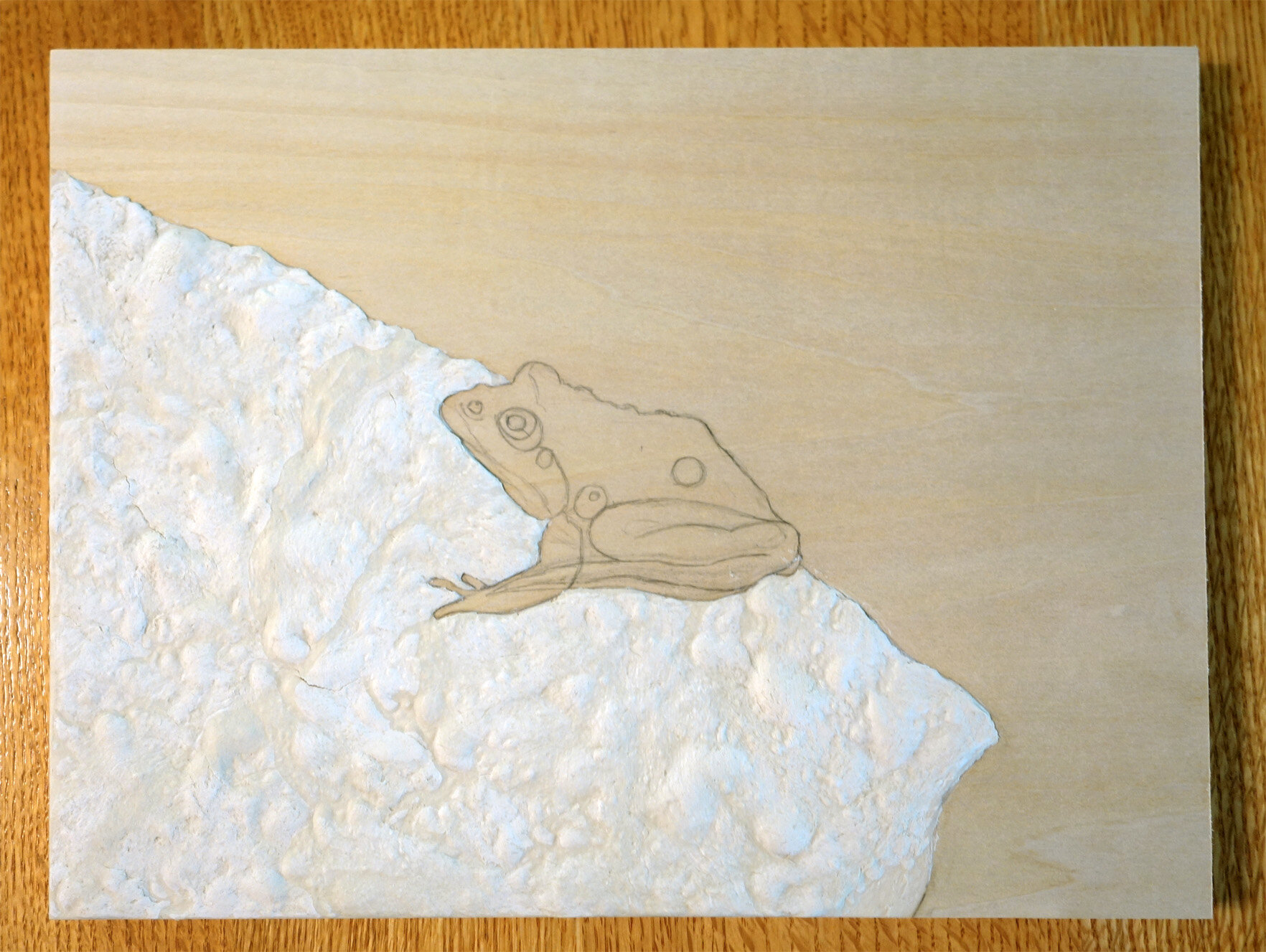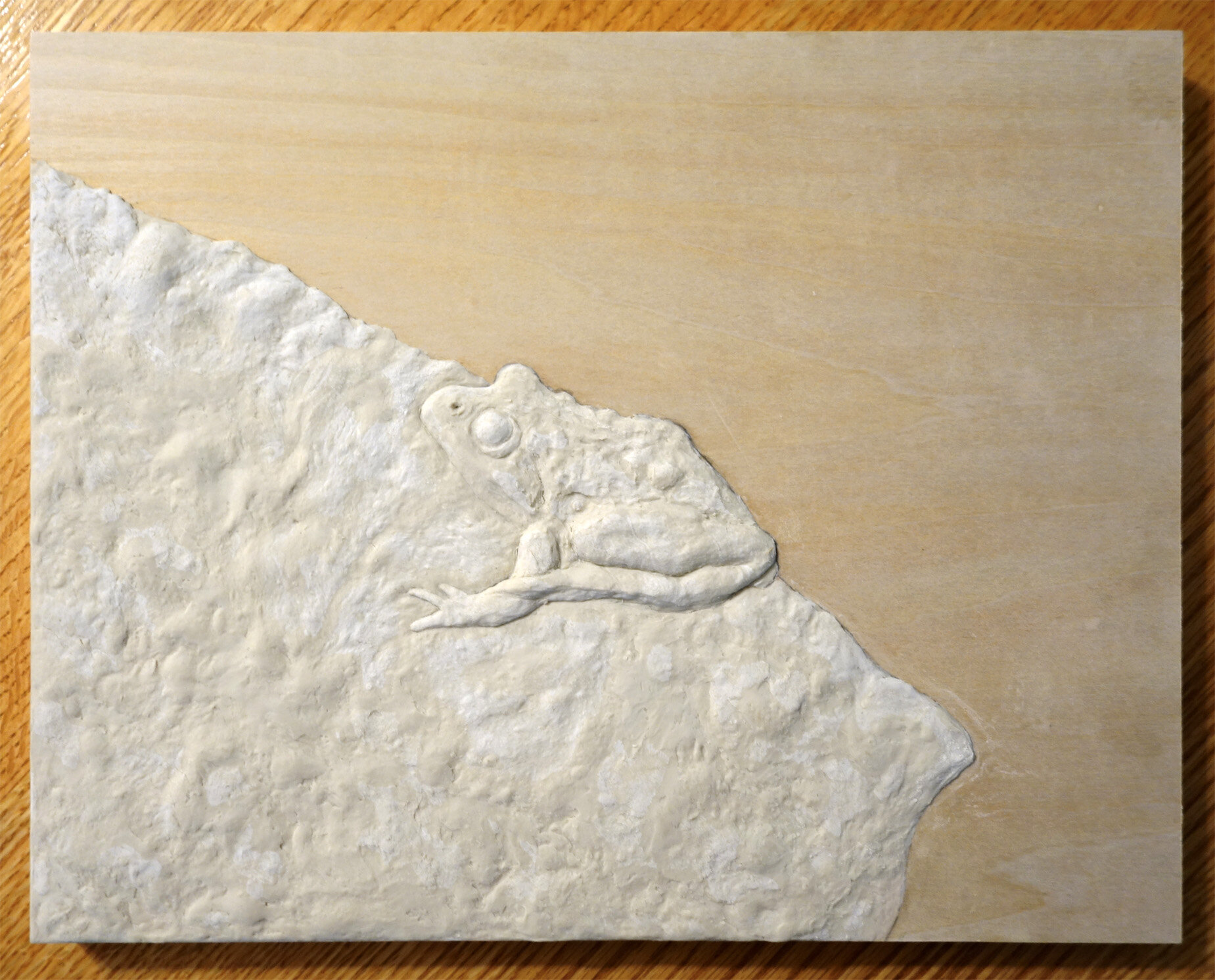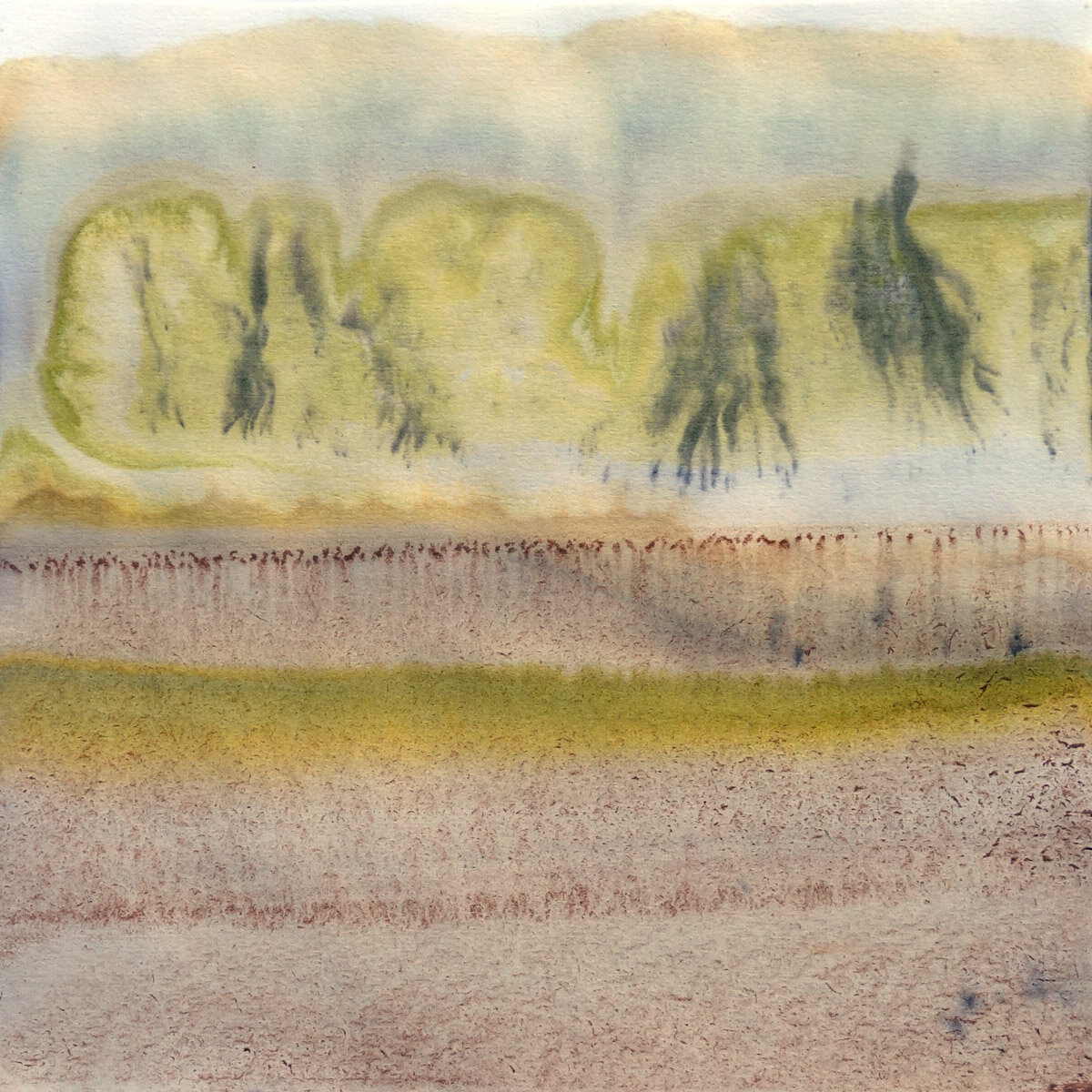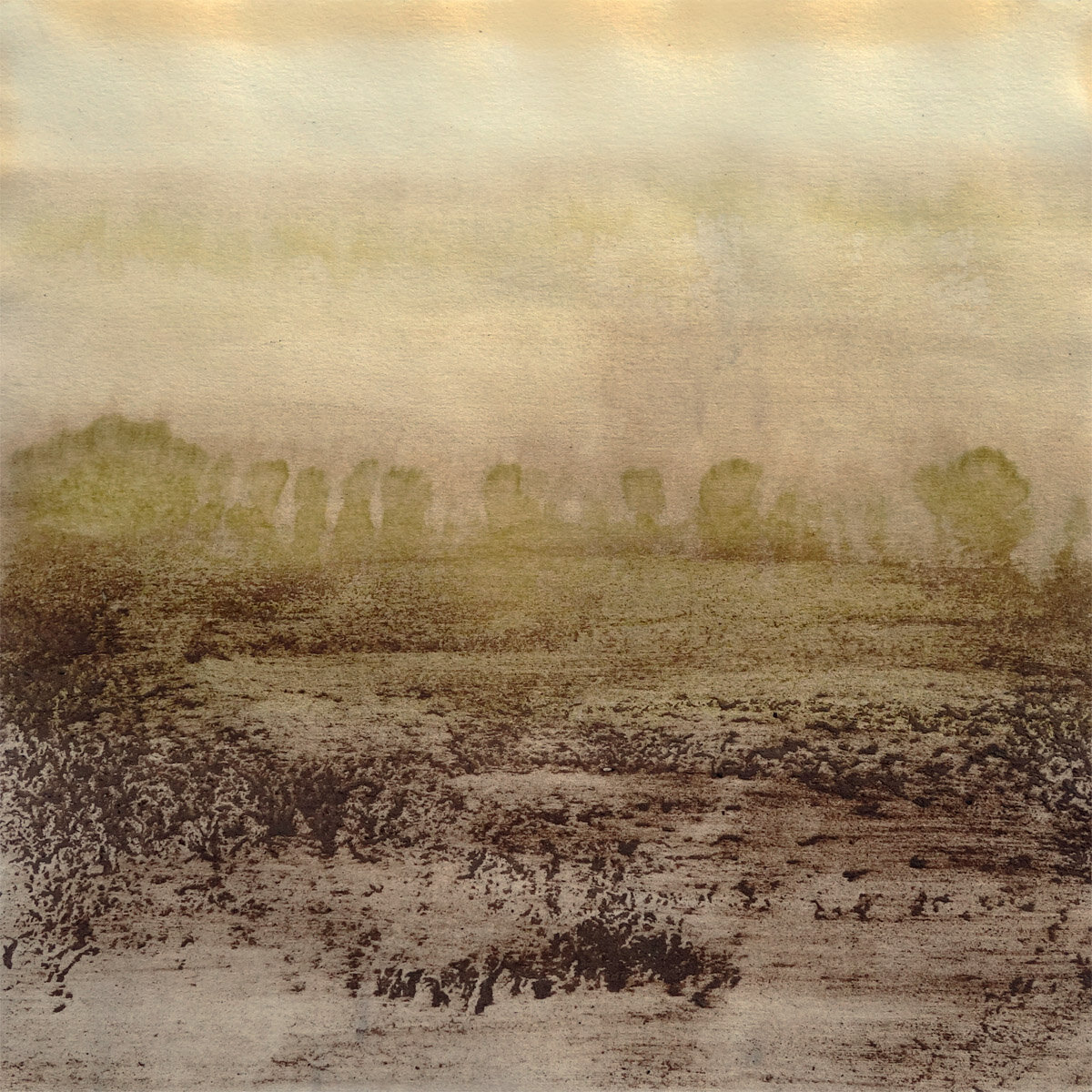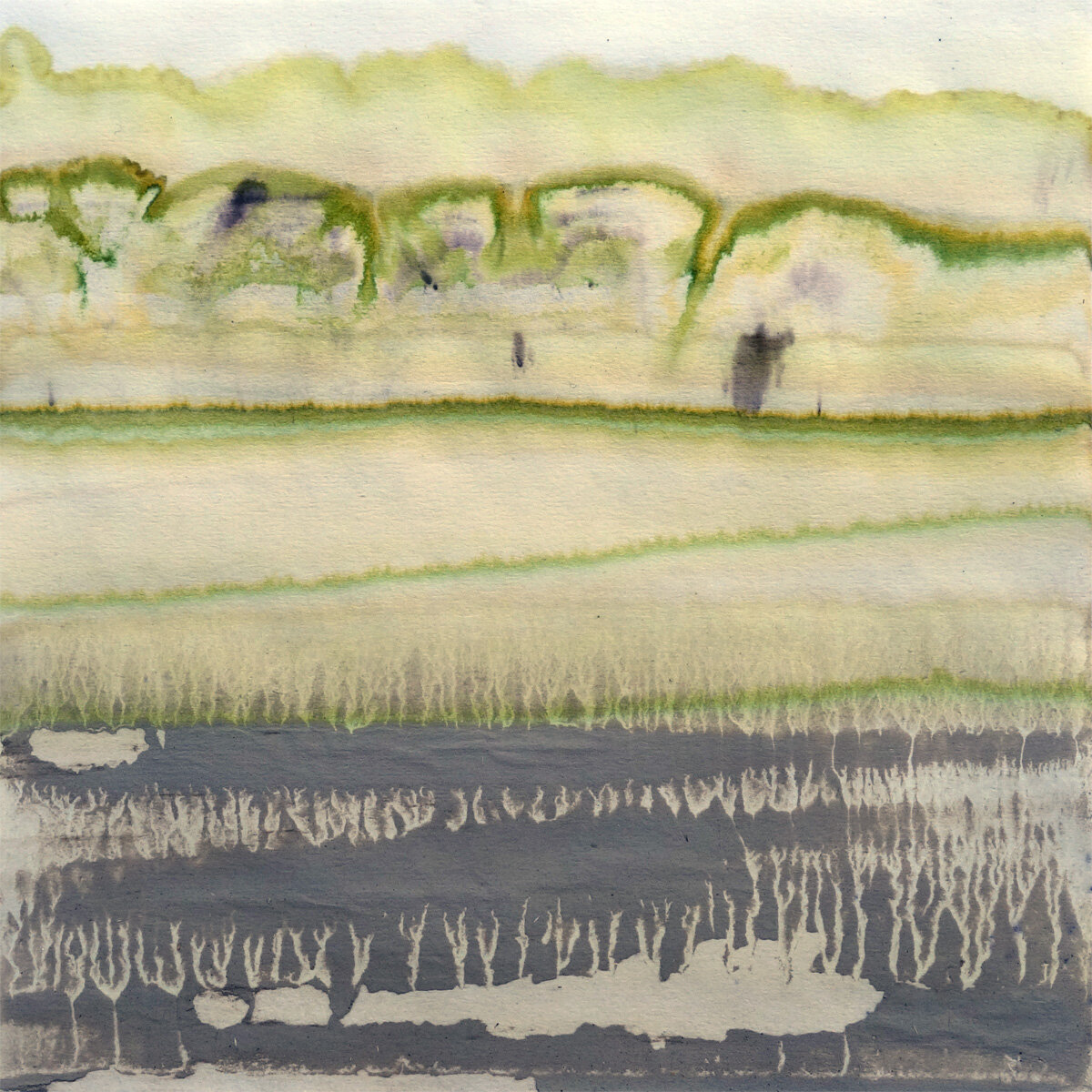This is the first figurative piece I worked on at Whiterock Conservancy - a relief portrait of a small species of frog I found in abundance at the river shoreline. The Blanchard’s cricket frog, Acris blanchardi, is an endangered or threatened species in three states so far and is listed as a "Species of Greatest Conservation Need." It is considered a type of chorus frog, and is one of the smallest species of frogs in Iowa. Surprisingly (to me, at any rate) it is also considered a type of tree frog despite being semiaquatic and therefore not having the toe pads of their arboreal brethren.
As always, I began with a contour line drawing. My goal with this piece was a stylized, squashed relief reminiscent of antique bronze relief doors, so after finishing the drawing I began laying in the QuickCure Clay relief. Here are two process photos showing the beginning of that QCC work.
At this point, I got too involved in the actual creation to pause, so we’ll skip ahead to the finished work! This is Attuned, 14x11x1.35", QuickCure Clay relief and acrylic on basswood panel, 2021.
